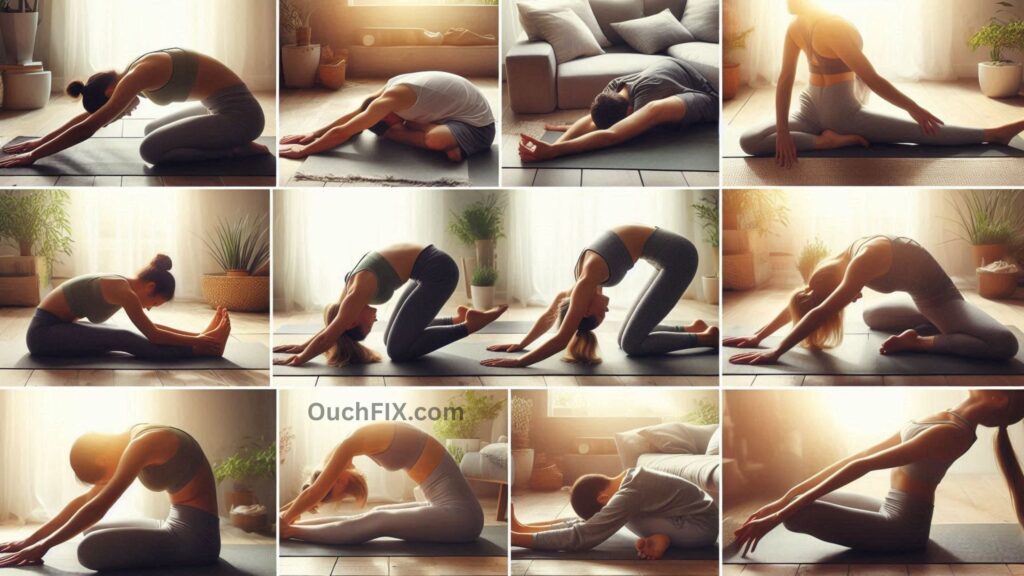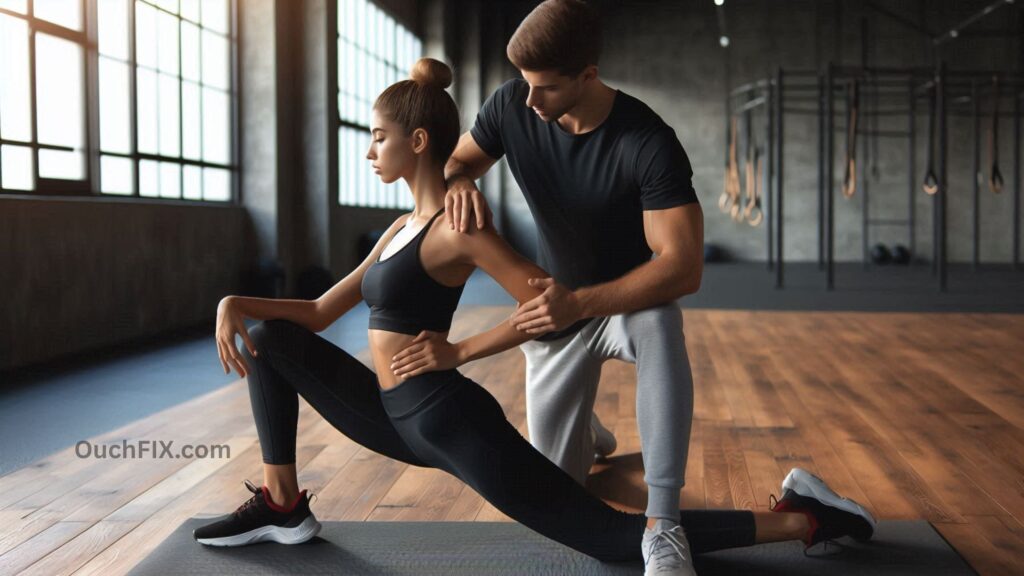We’ve all been there—you finish your workout, feel amazing, and are ready to move on with your day. But here’s the truth: skipping stretching could be holding you back.
Stretching after exercise isn’t just about feeling loose. It improves flexibility, reduces muscle tension, supports better posture, and even lowers your risk of injury. Plus, it doesn’t have to take long—just a few minutes can make a real difference.
According to Healthline, stretching improves circulation and helps reduce soreness by delivering more oxygen and nutrients to your muscles. Over time, that means faster recovery and better performance.
Why Bother Stretching After Exercise?
Stretching has a bunch of benefits, and it’s backed by science. Here’s a quick breakdown of what it can do for you:

1. More Flexibility and Better Range of Motion
When you stretch regularly, your muscles and joints stay supple. This makes daily movements—like bending, reaching, or twisting—easier and more comfortable. For athletes, it can also enhance performance by improving range of motion.
2. Better Posture and Less Back Pain
Tight muscles, especially in your hips and shoulders, can pull your body out of alignment. That often leads to slouching or lower back discomfort. Stretching helps loosen those tight spots, supports proper posture, and can ease back pain when paired with strength training.

Also Read: What Benefits Does Ginger Offer for Pain Management?
3. Less Muscle Tension and Lower Stress
Stress and tension often show up physically in the form of stiff shoulders, a tight neck, or sore lower back. Gentle stretches signal your nervous system to relax, releasing that built-up tightness and leaving you calmer.
4. Improved Blood Flow and Recovery
Better circulation means your muscles get the oxygen and nutrients they need to recover. This speeds up healing, reduces soreness, and helps you feel ready for your next workout.
Static vs. Dynamic Stretching—What’s the Difference?
Not all stretches are created equal.
- Static stretching: Holding a stretch for 20–60 seconds without moving. Best done after a workout when your muscles are already warm.
- Dynamic stretching: Moving stretches like leg swings, high knees, or arm circles. Ideal before exercise to prepare your body for movement.
Think of it this way: Dynamic = warm-up, Static = cool-down.

Also Read: How can I Speed Up Muscle Recovery After Workouts?
6 Easy Post-Workout Stretches to Try

You don’t need special equipment—just a mat, wall, or a bit of space. These stretches target the major muscle groups most affected by exercise.
1. Lunging Hip Flexor Stretch
Targets: Hips, quads, and glutes.
- Kneel on your left knee with your right foot in front, flat on the floor.
- Lean forward gently until you feel the stretch in your left hip.
- Hold for 30–60 seconds, then switch sides.
👉 Great if you sit for long hours or run frequently.
2. Piriformis Stretch
Targets: Glutes and lower back.
- Sit on the floor with legs straight.
- Cross your left ankle over your right knee.
- Lean forward slightly until you feel the stretch in your glutes.
- Hold for 30 seconds, switch sides, repeat 2–3 times.
👉 Helpful for relieving sciatic nerve tightness.
3. Cat-Cow Stretch
Targets: Spine and back muscles.
- Start on your hands and knees.
- Inhale: drop your belly, lift your chest and head (Cow).
- Exhale: round your back and tuck your chin (Cat).
- Continue for about 1 minute.
👉 Perfect for desk workers who deal with stiffness.
4. Standing Calf Stretch
Targets: Calves and Achilles tendon.
- Stand near a wall or chair for support.
- Step one foot back, keeping both heels grounded.
- Bend your front knee and lean forward.
- Hold for 20–30 seconds, switch sides, 2–3 reps each leg.
👉 Essential for runners and anyone wearing heels often.
5. Overhead Triceps Stretch
Targets: Triceps and shoulders.
- Stand tall, feet hip-width apart.
- Raise your right arm overhead, bend at the elbow so your hand touches your upper back.
- Use your left hand to gently press your right elbow.
- Hold for 20–30 seconds, switch sides, repeat 2–3 times.
👉 A must after upper-body workouts.
6. Standing Biceps Stretch
Targets: Arms, chest, and shoulders.
- Stand straight with hands clasped behind your back.
- Straighten your arms and rotate palms downward.
- Lift your arms gently until you feel a stretch.
- Hold for 30–40 seconds, repeat 2–3 times.
👉 Ideal for anyone lifting weights or spending hours typing.

Also Read: How does Nutrition Influence the Recovery Process?
A Few Quick Safety Tips

- Don’t push too hard: Aim for gentle tension, not pain.
- Breathe deeply: It helps your muscles relax.
- Keep good form: Shoulders relaxed, spine neutral.
- Be consistent: A few minutes after every workout adds up over time.
Expert Tip: Make Stretching a Habit
Think of stretching as an investment in your long-term health. Athletes, physical therapists, and trainers all emphasize recovery as a key to performance. According to the American Council on Exercise (ACE), stretching also lowers your risk of injuries by preparing your muscles for future movements.
Even 5–10 minutes at the end of your workout can make your body feel better, move easier, and recover faster.
FAQs About Post-Workout Stretching
Q1. How long should I stretch after a workout?
5–10 minutes is usually enough. Hold each stretch for at least 20–60 seconds.
Q2. Is it okay to stretch every day?
Yes! Daily stretching improves flexibility and reduces stiffness, especially if you sit for long hours.
Q3. Can stretching replace a warm-up?
No. Dynamic movements are better before workouts. Static stretching is best after.
Q4. Does stretching actually prevent injuries?
Stretching helps reduce tightness and maintain flexibility, which lowers injury risk—but it’s most effective when combined with strength training and proper warm-ups.
Q5. What if I feel pain while stretching?
Stop immediately. You should feel tension, not sharp pain. If pain persists, consult a healthcare professional.




